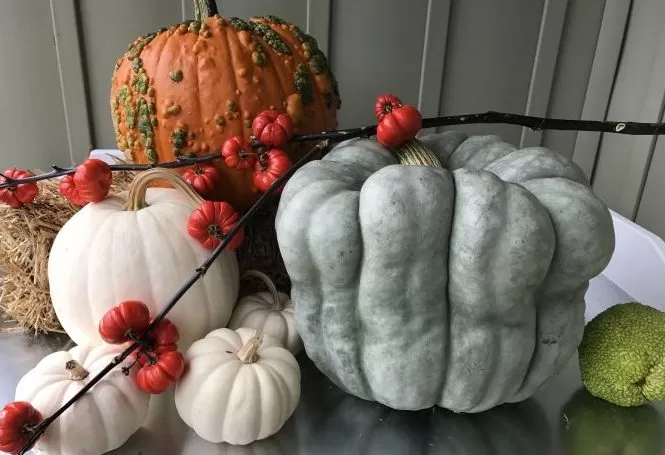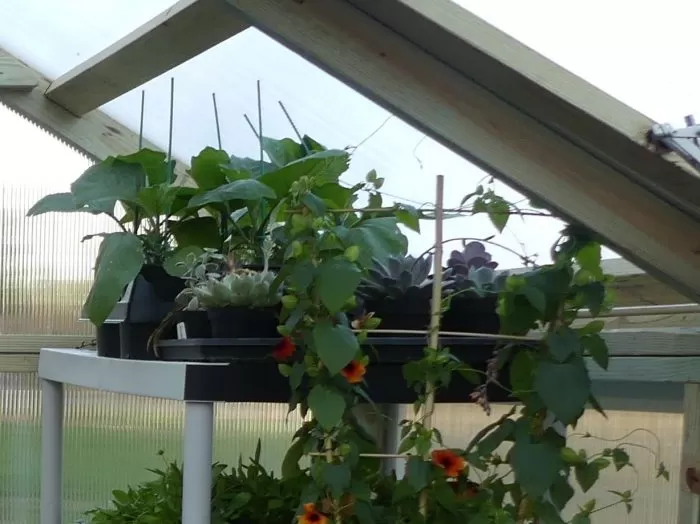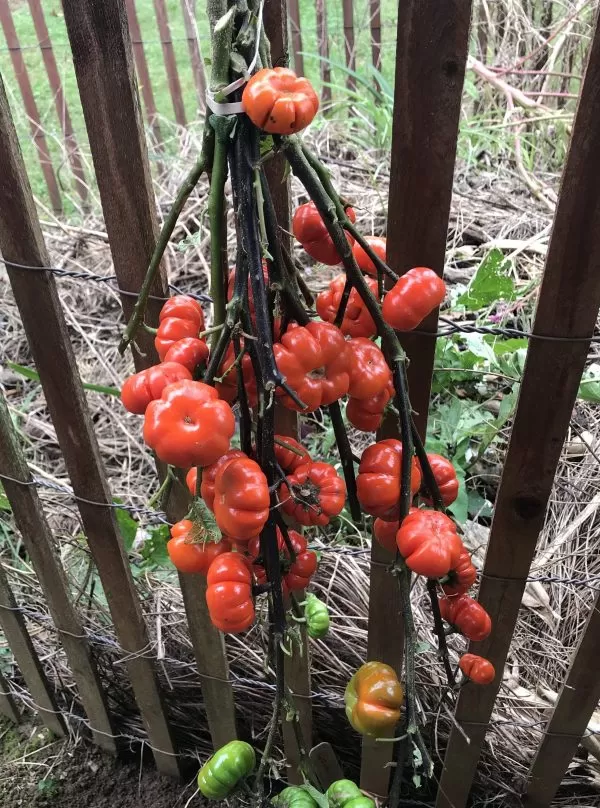- Discover the unique ornamental eggplant known as pumpkin on a stick.
- Learn how to cultivate, harvest, and dry these charming “pumpkins.”
- Explore the fascinating characteristics and care tips for Solanum integrifolium.
The vibrant hues of autumn bring to mind images of pumpkins, and while carving jack-o’-lanterns is a beloved tradition, there’s another pumpkin-like plant that captures the essence of fall: the Pumpkin On A Stick Plant. This intriguing ornamental, scientifically known as Solanum integrifolium, isn’t a true pumpkin but an eggplant, adding a touch of unique charm to fall displays and arrangements.
Contents
What is Pumpkin on a Stick?
The pumpkin on a stick plant, also known as pumpkin tree or pumpkin bush, is an heirloom ornamental eggplant. While native to Southeast Asia, it thrives in gardens worldwide, offering a captivating display with its miniature pumpkin-like fruits. These small, vibrant orange “pumpkins” add a whimsical touch to Thanksgiving tables, fall arrangements, and dried floral displays.
 Alt: Pumpkin on a stick plant displayed with other gourds and pumpkins.
Alt: Pumpkin on a stick plant displayed with other gourds and pumpkins.
Growing Pumpkin on a Stick
Growing pumpkin on a stick is a rewarding experience, and with a few simple steps, you can enjoy these charming “pumpkins” in your own garden.
Planting and Care
- Scientific Name: Solanum integrifolium
- Common Names: Pumpkin on a Stick, Pumpkin Tree, Pumpkin Bush
- Light: Full sun
- Water: Consistent moisture
- Humidity: Moderate
- Zone: Treat as an annual in most zones.
Start seeds indoors 6-8 weeks before the last frost. Plant seedlings in full sun after the danger of frost has passed. These plants can grow quite tall, reaching 3-4 feet, so provide ample space. Ensure consistent moisture and fertilize regularly for optimal growth. The plants develop large, fuzzy leaves and a thorny stem, giving them a distinctive appearance.
 Alt: Seed packet for organic pumpkin on a stick (Solanum integrifolium).
Alt: Seed packet for organic pumpkin on a stick (Solanum integrifolium).
Dealing with Pests
While deer and rabbits tend to avoid the plant due to its thorns, insects may occasionally nibble on the leaves. Monitor for pests and take appropriate action if necessary.
 Alt: Young pumpkin on a stick seedlings growing in pots with stakes, ready for transplanting.
Alt: Young pumpkin on a stick seedlings growing in pots with stakes, ready for transplanting.
Harvesting and Drying
The small, green fruits gradually mature to a vibrant scarlet and then to a deep orange as cooler temperatures arrive. You can harvest up to a dozen “pumpkins” per plant. For fresh use, simply cut the stems. To dry the pumpkins for long-lasting decorations, hang the entire stalk upside down in a cool, dry place after removing the leaves. This method prevents the fruits from sagging and intensifies their orange color.
 Alt: Close-up view of pumpkin on a stick plant displaying its small, orange fruits.
Alt: Close-up view of pumpkin on a stick plant displaying its small, orange fruits.
Culinary Uses
While primarily grown as an ornamental, the pumpkin on a stick fruit can be used in stir-fries when picked at its orange stage. The flavor is similar to other eggplant varieties.
 Alt: Drying pumpkin on a stick stems by hanging them upside down after removing leaves.
Alt: Drying pumpkin on a stick stems by hanging them upside down after removing leaves.
Conclusion
The pumpkin on a stick plant is a delightful addition to any autumn garden. Its unique appearance and easy care make it a fascinating choice for both seasoned gardeners and beginners. Whether you choose to display its vibrant fruits fresh or dried, Solanum integrifolium brings a touch of whimsical charm to the fall season. We’d love to hear about your experiences growing this intriguing plant! Share your thoughts and tips in the comments below.
